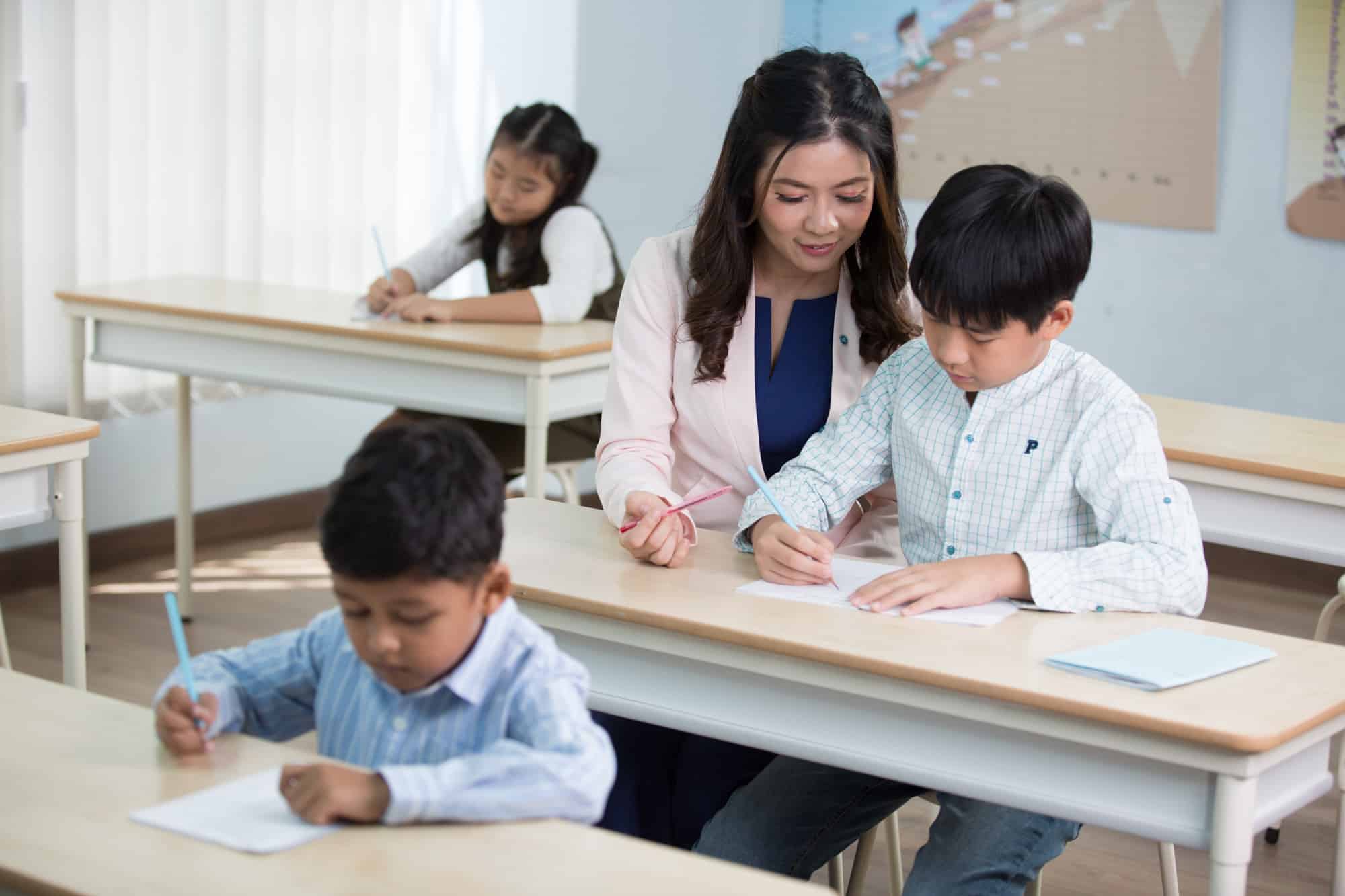What's next?
Interested?
Leave your details here.
THE IMPORTANCE OF REPETITION IN THE KUMON METHOD
The founder of Kumon, Mr Toru Kumon, produced Kumon worksheets in a way to show children that they could be self-sufficient through self-study and progress on their own despite not being taught. The Kumon Method places importance on students progressing through the worksheets which showcases examples and its solutions. Though students may face challenges in the initial stages of learning, children naturally learn through progression and via application of various concepts to tackle challenging problems. Self-learning allows for children to develop a sense of independence and nurtures them to think on their feet when assessing challenging questions in a critical manner.
Essentially, throughout all walks of our lives, practice makes perfect and things are no different with the Kumon Method. Repetition through practice is one of the key features of the Kumon Method and it allows students to better understand certain concepts in order to apply this knowledge to their respective learning materials. The method of repetition further allows a child to gain their confidence across familiar topics before moving on to learning fresh study material.
Gaining a solid foundation in learning through repetition is crucial in ensuring that their learning journey progresses in a linear manner, and that they get the basics right before progressing on to more challenging levels. For instance, for a child who faces challenges in counting, is unfamiliar with the concept of addition and still uses his or her fingers to count, repetition would play a key role in assisting the child to get familiar with numbers and progressing through with other operations with time.
When it comes to learning, every child is unique in their own way, learning through their own individual capabilities to achieve their own potential.
“Children must be taught how to think, not what to think.” – Margaret Mead, Anthropologist


